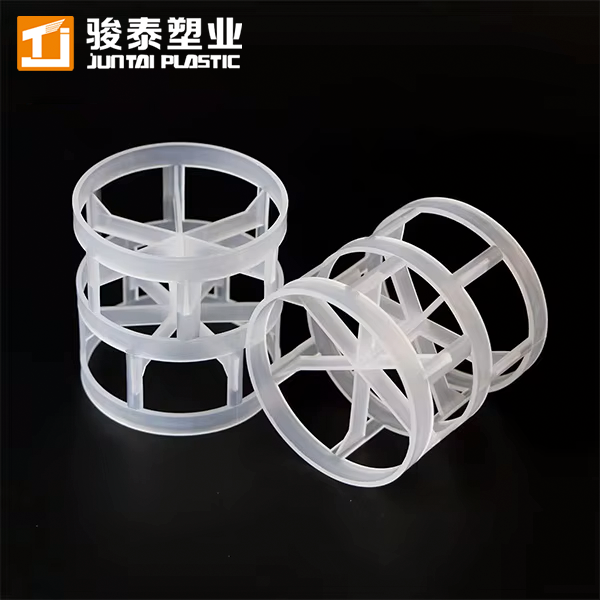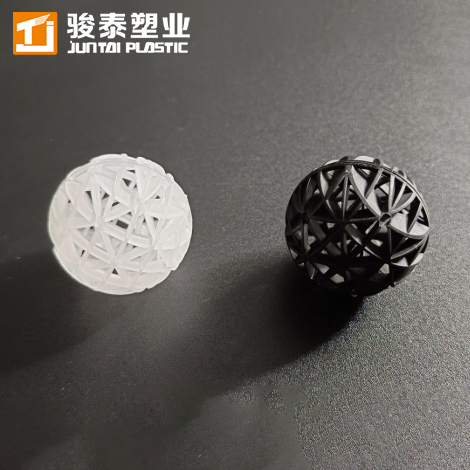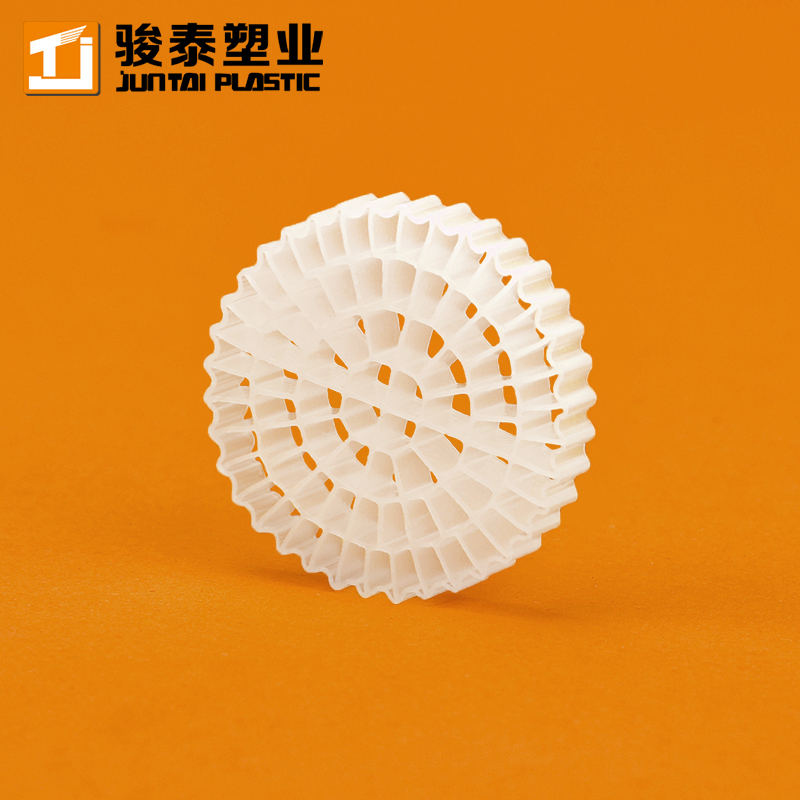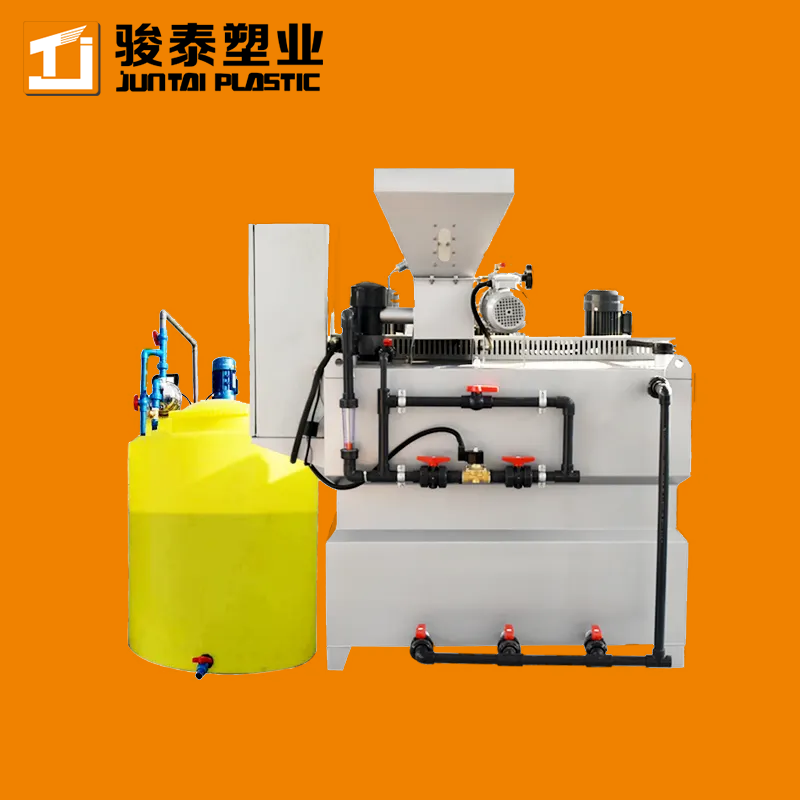 +86 13600513715
+86 13600513715
Wholesale MBBR Bio Filter Media in Wastewater Treatment
MBBR Media Of Different Products
| MBBR04 | MBBR19 | MBBR37 | MBBR64 |
| Size:Φ11*7mm | Size:Φ25*12mm | Size:Φ25*4mm | Size:Φ25*4mm |
| Hole Numbers:04 | Hole Numbers:19 | Hole Numbers:37 | Hole Numbers:64 |
| Weight:125Kg/CBM | Weight:95KG/CBM | Weight:110Kg/CBM | Weight:125Kg/CBM |
| Surface Area:>900m2/m3 | Surface Area:>650m2/m3 | Surface rea:>800m2/m3 | Surface Area:>1200m2/m3 |
Comparison Of Product Parameters
| Item No. | Size | Surface Area | Rooms |
| MBBR04 | 11mm*7mm | >900m2/m3 | 4 rooms |
| MBBR05 | 11mm*7mm | >1000m2/m3 | 5 rooms |
| MBBR06 | 16mm*10mm | >800m2/m3 | 6 rooms |
| MBBR08 | 10mm*5mm | >3500m2/m3 | 8 rooms |
| MBBR19 | 25mm*12mm | >650m2/m3 | 19 rooms |
| MBBR37 | 25mm*12mm | >800m2/m3 | 37rooms |
| MBBR40 | 15mm*15mm | >900m2/m3 | 40 rooms |
| MBBR61 | 25mm*4mm | >1250m2/m3 | 61 rooms |
| MBBR64 | 25mm*4mm | >1200m2/m3 | 64 rooms |
Quality Materials for Safe and Durable MBBR Media
1. Advanced 3D Biofilm Matrix Technology
Hexagonal Honeycomb Architecture: Proprietary lattice design delivers 800-1,500 m²/m³ effective surface area, enabling stratified colonization of nitrifying, denitrifying, and phosphorus-accumulating bacteria.
Shock Load Resistance: Self-cleaning hydrodynamic shear forces maintain 95%+ porosity under COD fluctuations up to 8,000 mg/L·d, ideal for chemical, pharmaceutical, and refinery wastewater.
2. Eco-Engineered for Sustainable Performance
UV-Stabilized Nano-HDPE Composite: Reinforced with inorganic hydrophilic additives, withstands pH 0.5-14, extreme temps (-40°C to 95°C), and 20+ years of UV exposure—2X longer than conventional media.
Energy-Smart Aeration: Vortex-inducing fins boost oxygen transfer efficiency (OTE) to 38%, reducing energy use by 35-50% vs. standard carriers—saving 550,000 kWh/year for 10,000 m³/day plants.
3. Simultaneous Nitrogen & Phosphorus Removal
Dual-Density Zoning System: Aerobic (0.94 g/cm³) and anoxic (1.03 g/cm³) zones enable single-tank SND (simultaneous nitrification-denitrification), achieving 88% TN removal and 18 mg/g P adsorption.
Biofilm Accelerator Coating: Enzyme-embedded surface reduces biofilm maturation time by 30%, even in low-temp (8°C) or high-salinity (5% NaCl) environments.
4. Intelligent Plug-and-Play Solutions
Customizable Configurations: Modular media (8-60 mm diameter) with 30-70% fill ratio adaptability, cutting retrofit time by 65% in legacy activated sludge systems.
AI-Driven Process Control: IoT-enabled biofilm thickness sensors + machine learning optimize DO levels and predict maintenance, slashing OPEX by 45%.
5. Globally Trusted Safety & Compliance
Aquaculture-Safe Certification: FDA-compliant & RoHS-tested material eliminates microplastic leaching—critical for RAS systems and potable water reuse projects.
Proven Cross-Industry Success: 600+ installations worldwide, including Saudi Aramco’s Oily Water Treatment, Canadian Arctic Mining Effluent, and EU Smart City WWTPs.
-
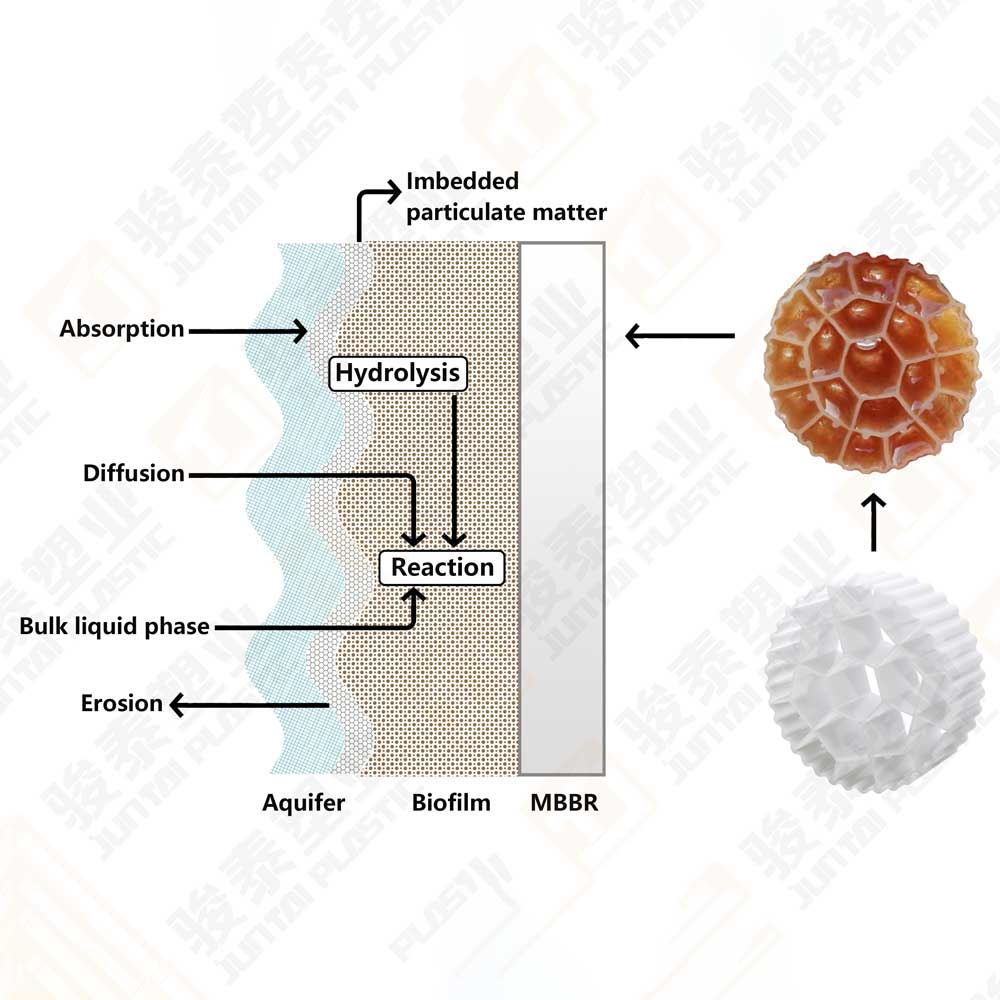
MBBR Filter Media Working Principle
-
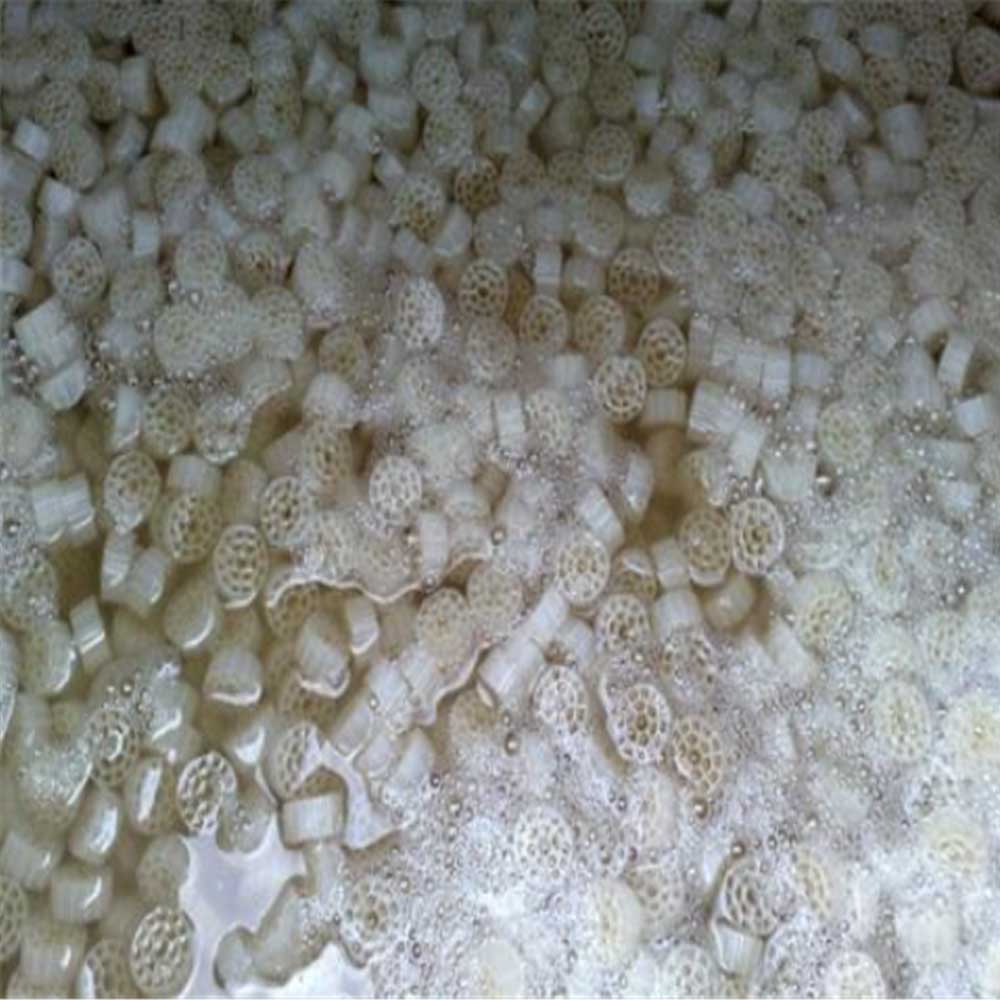
MBBR carrier deployment site
-
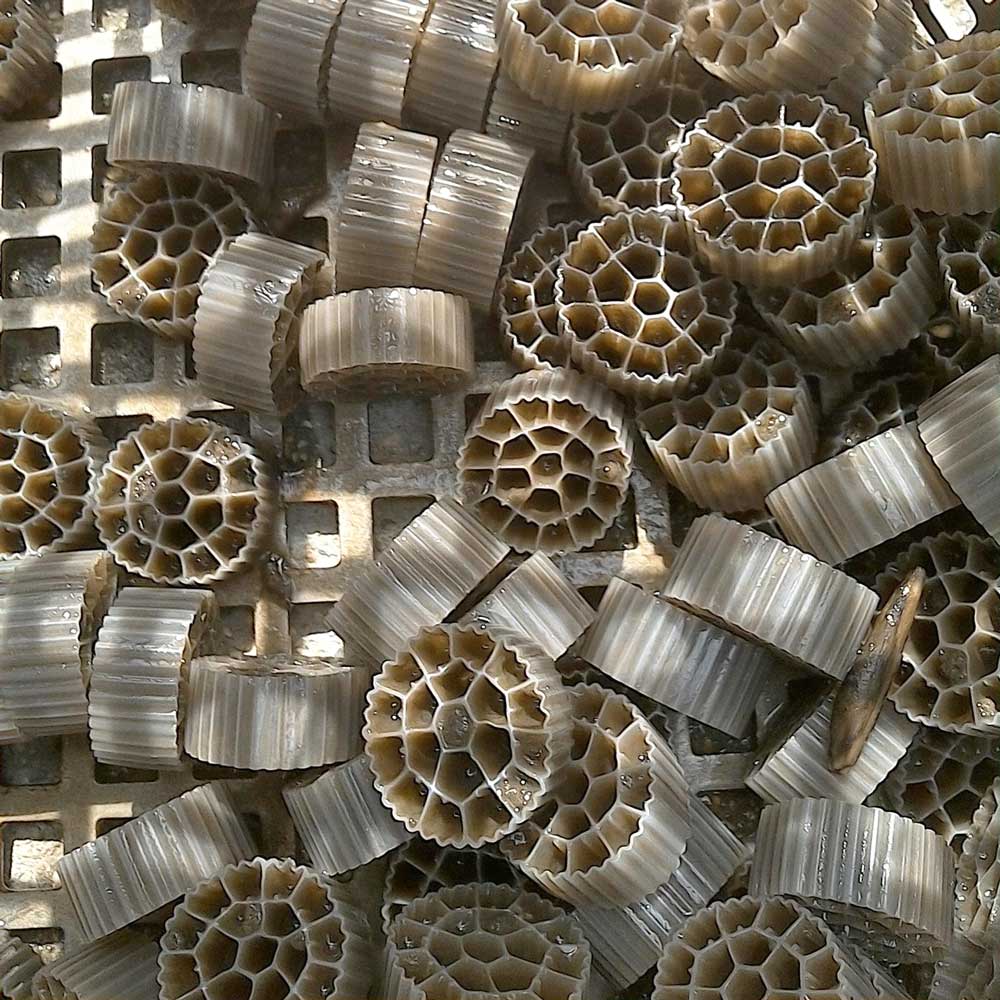
Biofilm formation on MBBR carriers
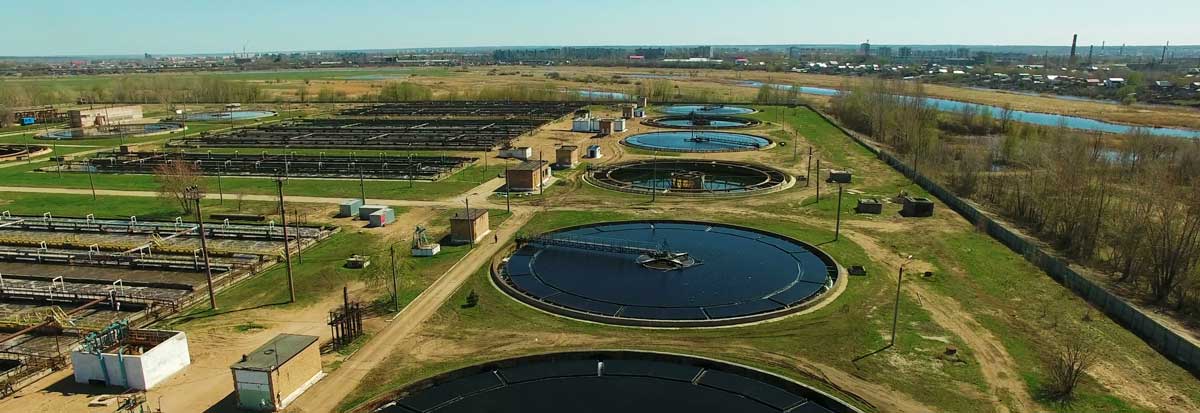

Application
-
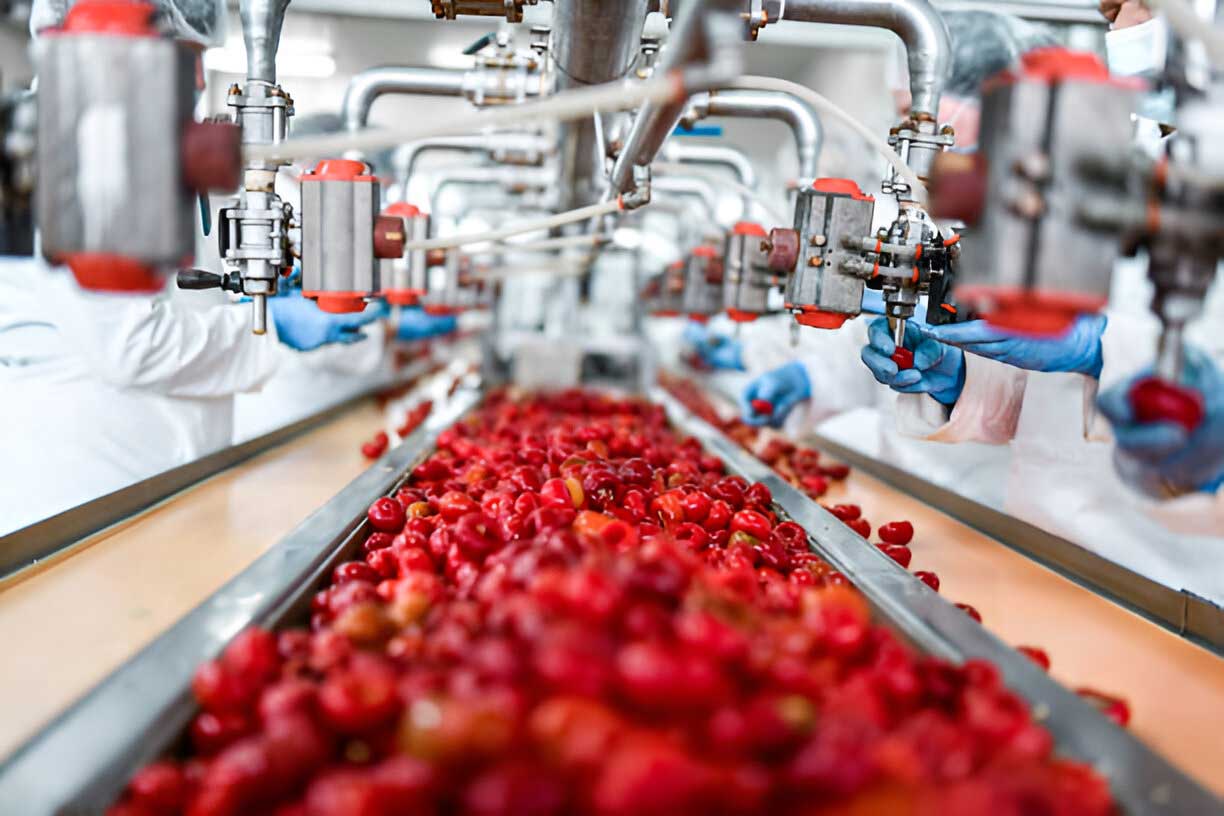
Food & Beverage Wastewater Treatment
-

Dairy & Cheese Industry Wastewater Treatment
-
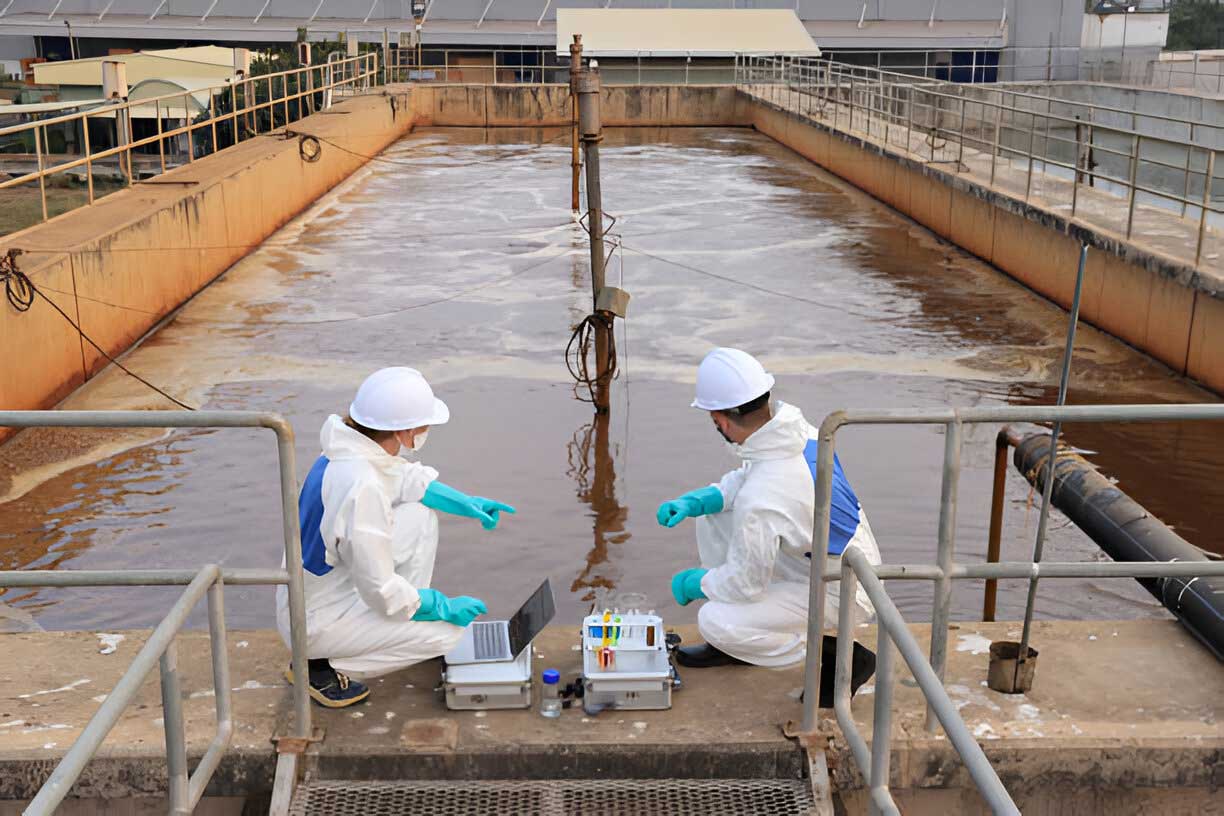
Chemical Industry Wastewater Treatment
-
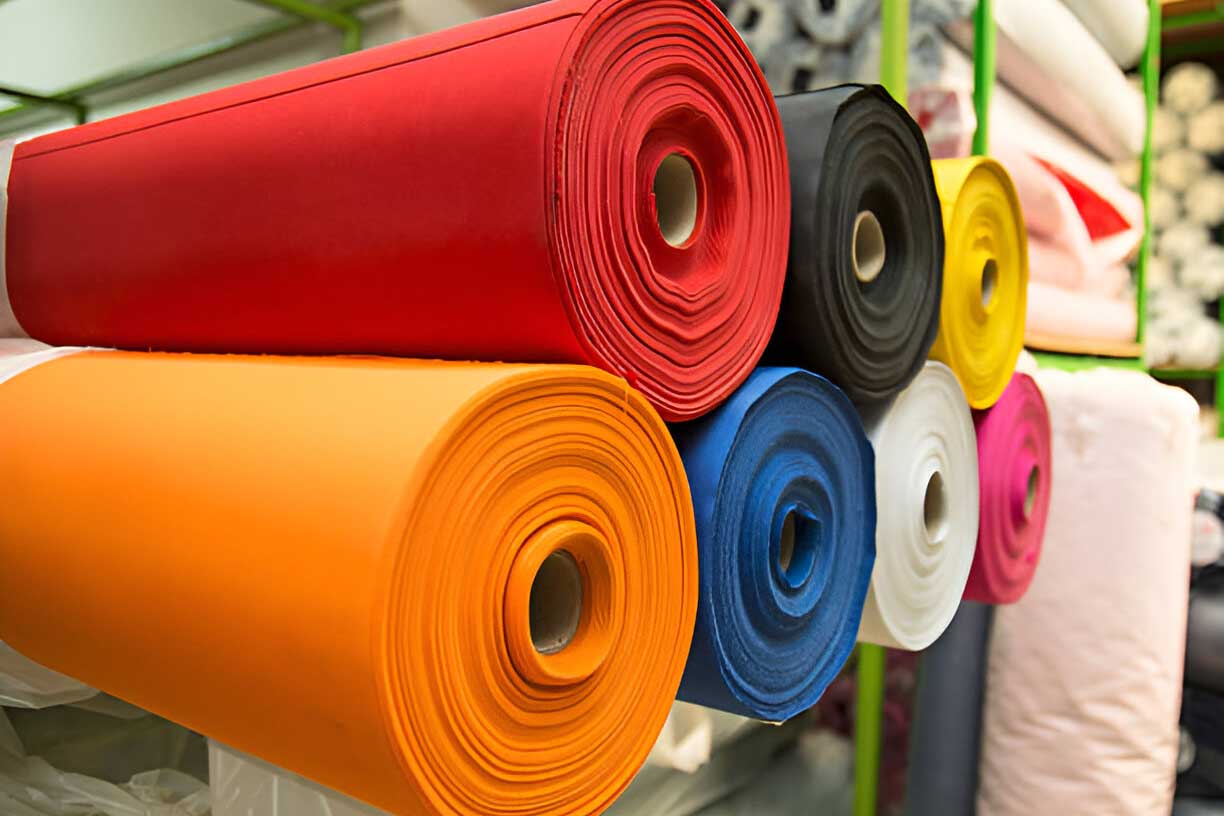
Textile Industry Wastewater Treatment
-
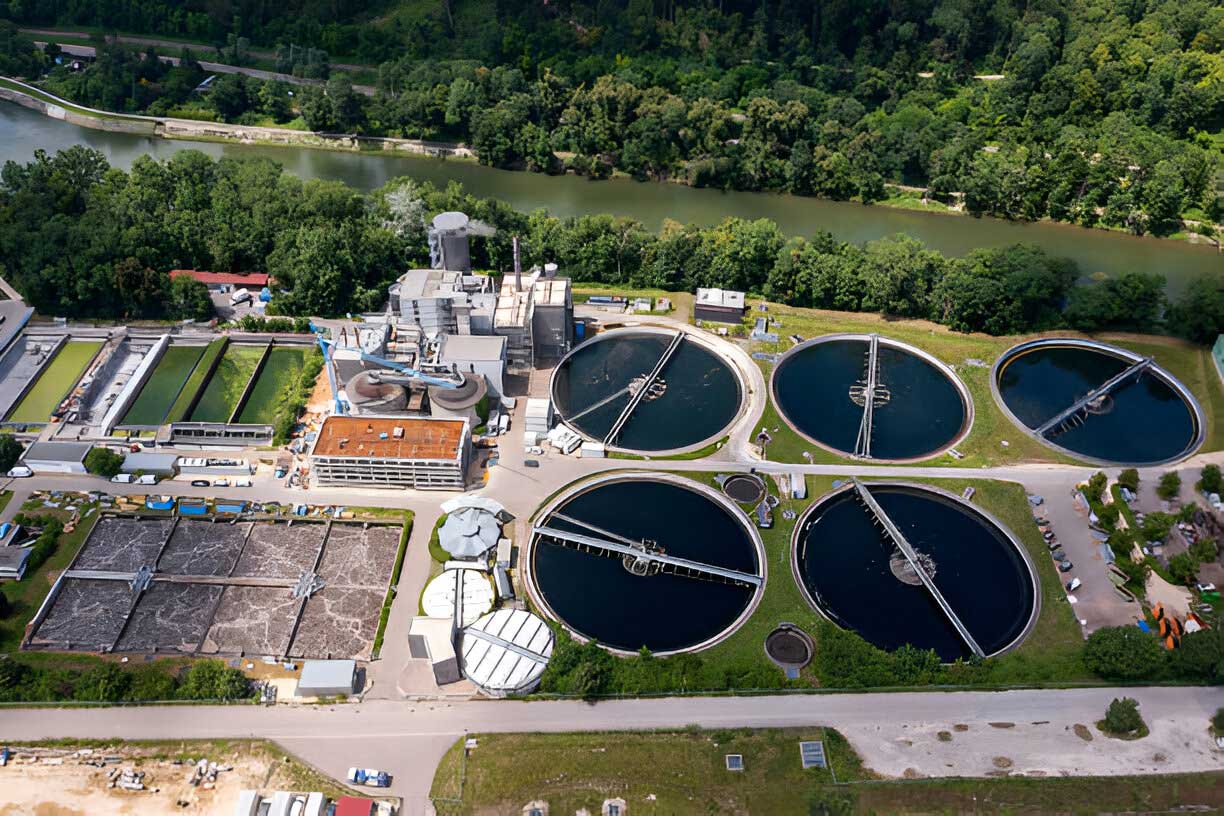
Municipal Wastewater Treatment
-
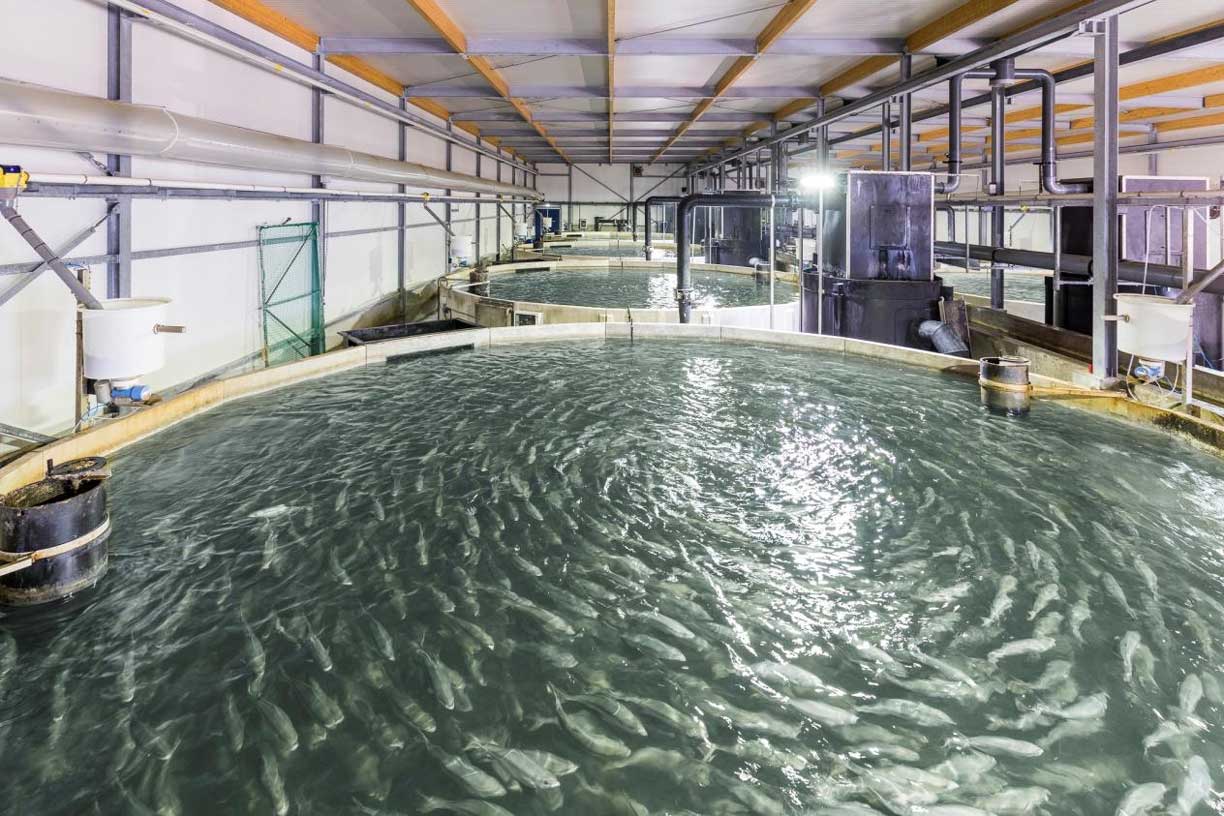
Recirculating Aquaculture System




